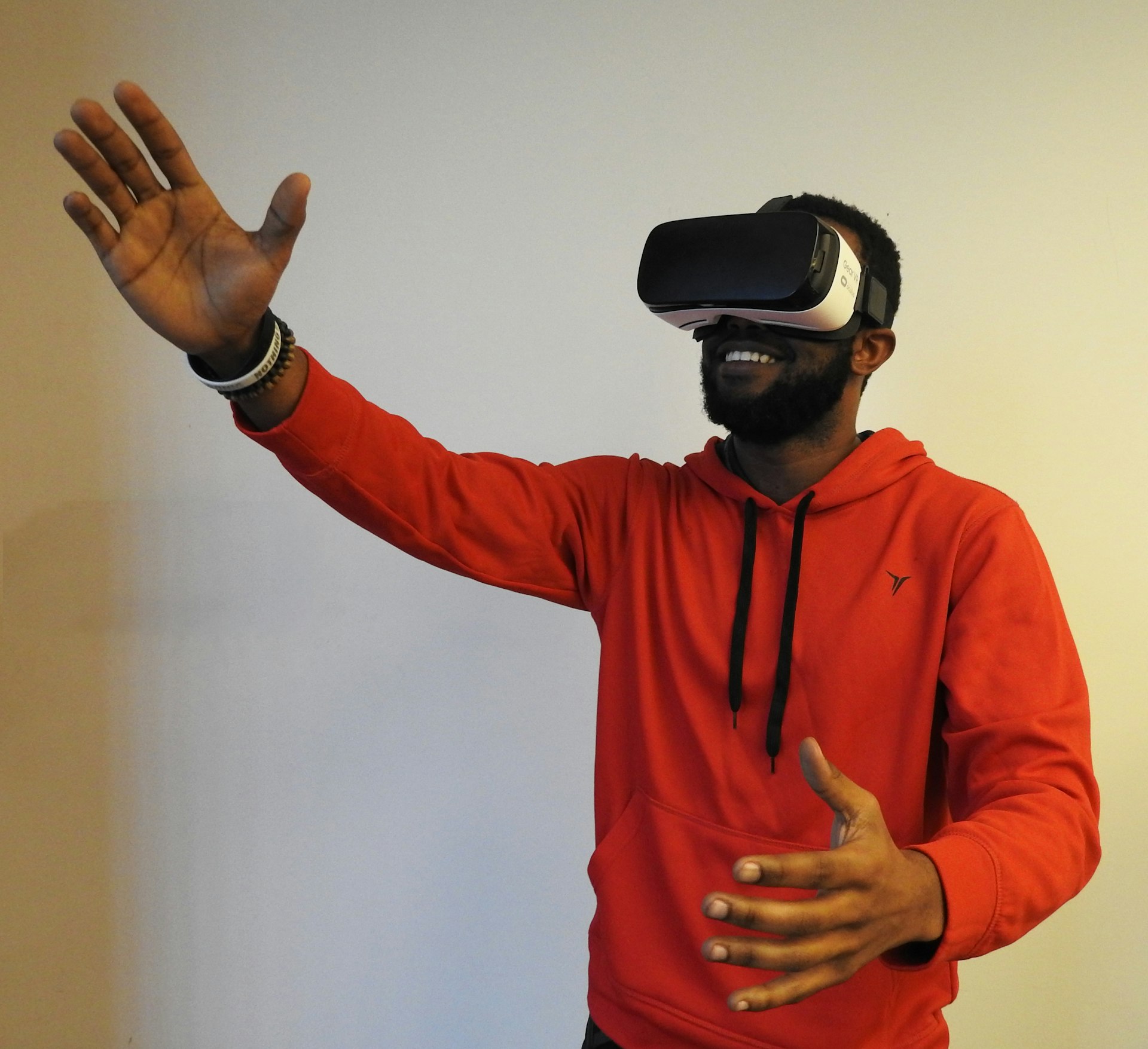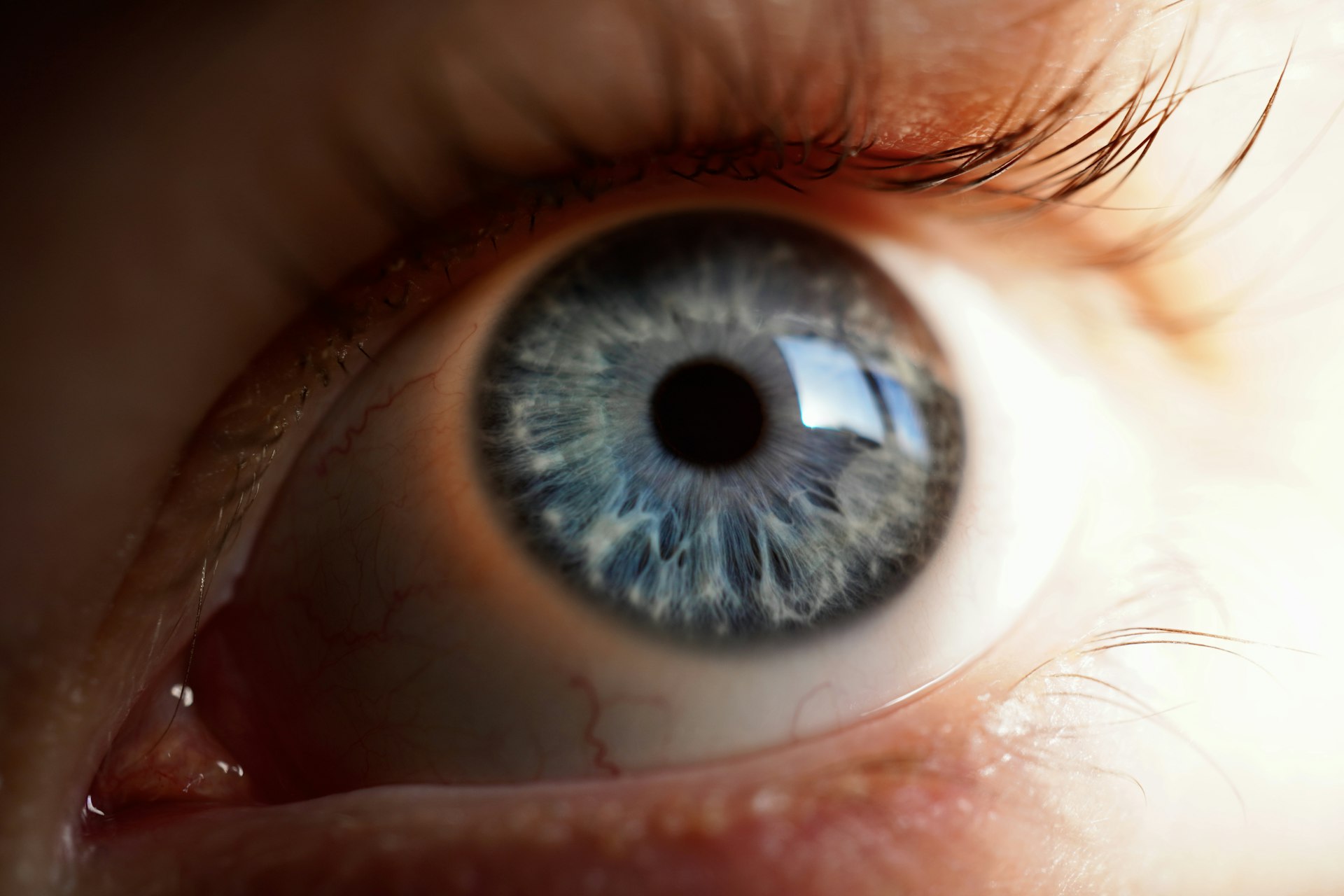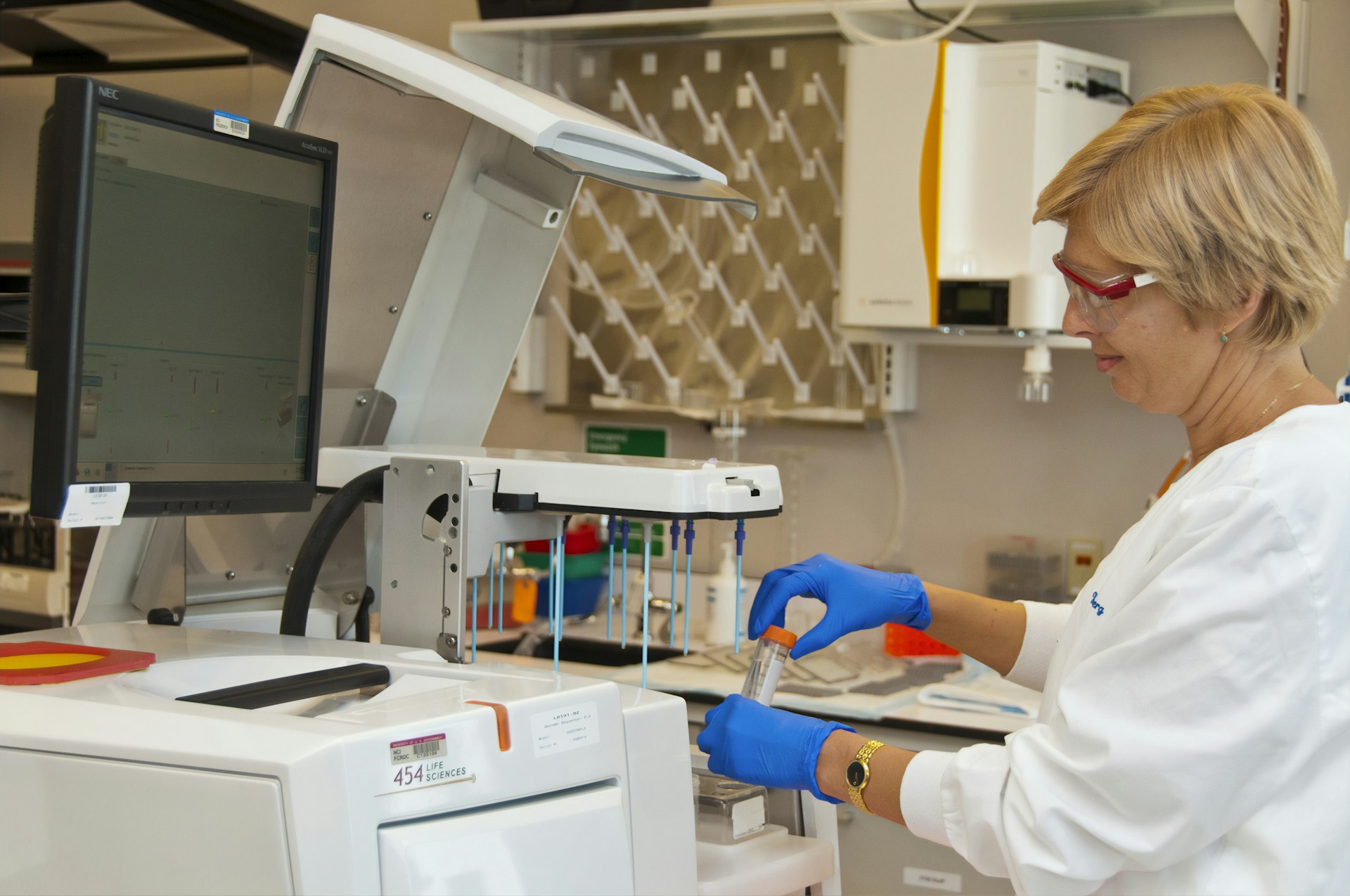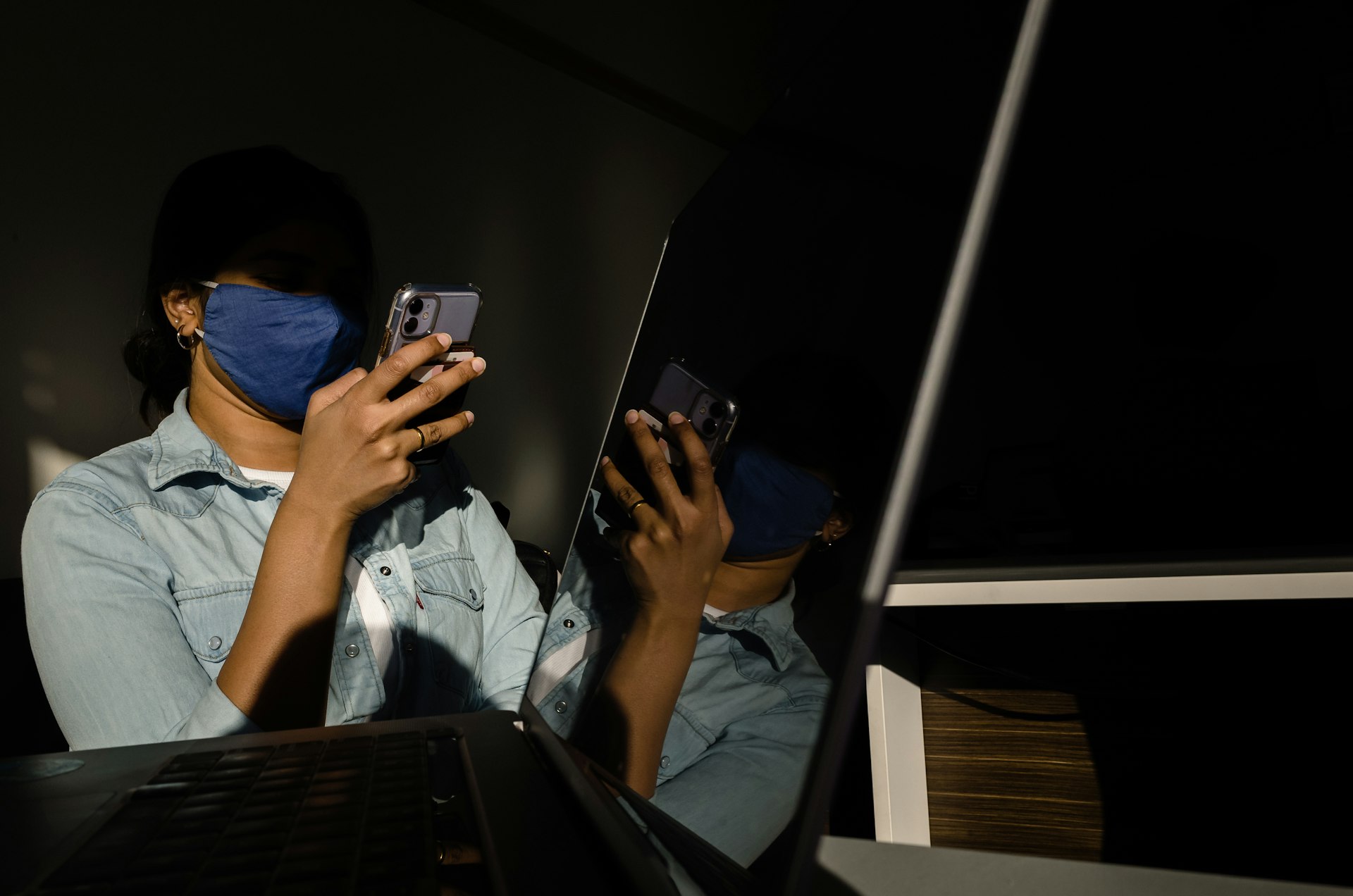Empowering Adolescents: Practical Strategies for Mental Health Awareness and Support

Photo by Andy Vult on Unsplash
Understanding Adolescent Mental Health: The Current Landscape
Adolescence is a transformative stage, marked by rapid physical, emotional, and social changes. During this period, mental health plays a critical role in shaping a young person’s future well-being and overall development. Recent data underscores the significance of mental health awareness among adolescents, with troubling trends that demand both attention and action. Globally, about one in seven adolescents (10-19 years old) experiences a mental disorder , and mental health conditions account for 15% of the global burden of disease in this age group [1] . In the United States, the picture is equally concerning: 40% of high school students reported persistent feelings of sadness or hopelessness in 2023 , and 20% had seriously considered attempting suicide [2] . These numbers highlight the urgent need for greater awareness, early intervention, and accessible care options.
Key Mental Health Challenges Facing Adolescents
Depression, anxiety, and behavioral disorders are among the most common mental health conditions affecting adolescents. According to the World Health Organization, depression and anxiety are leading causes of illness and disability among young people worldwide [1] . In the United States, 20% of adolescents reported symptoms of anxiety and 18% reported symptoms of depression in the past two weeks [2] . These mental health challenges can impact academic performance, relationships, and physical health, and often go unrecognized or untreated.
Some groups face even greater risks. Female students and LGBTQ+ youth report higher rates of distress, persistent sadness, and suicidal thoughts compared to their peers. Youth from low-income households and communities of color also encounter more barriers to accessing care [3] . Recognizing these disparities is an essential step toward ensuring equitable support for all adolescents.
Why Mental Health Awareness Matters
Mental health awareness involves more than simply recognizing symptoms; it encompasses understanding risk factors, reducing stigma, and fostering supportive environments. Open conversations about mental health have become more common in recent years, helping to reduce stigma and encourage young people to seek help [4] . However, significant gaps remain: 20% of adolescents ages 12-17 reported having unmet mental health care needs , and a majority of those struggling did not receive the full care they needed [2] .
Addressing these challenges is crucial because untreated mental health conditions can lead to academic difficulties, social isolation, risky behaviors, and long-term health consequences. Early intervention and awareness can help mitigate these outcomes and promote resilience.
Recognizing Warning Signs and Risk Factors
Families, educators, and peers play a vital role in identifying early warning signs of mental health struggles. Common indicators may include:
- Persistent sadness, irritability, or mood swings
- Withdrawal from friends, family, and activities
- Decline in academic performance
- Changes in sleeping or eating patterns
- Expressing feelings of hopelessness or worthlessness
- Talking about self-harm or suicide
Risk factors include exposure to trauma, bullying, discrimination, family conflict, or significant life changes. It is important to approach any concerns with empathy, openness, and a willingness to listen without judgment.
Actionable Steps to Build Awareness and Support
There is no single solution to improving adolescent mental health, but a combination of strategies can make a meaningful difference. Here are several evidence-based steps that families, schools, and communities can take:
1. Start Open Conversations
Encourage regular, honest discussions about emotions and mental health at home and in educational settings. Creating a safe environment where adolescents feel heard helps reduce stigma and promotes help-seeking behavior. Use age-appropriate language and model vulnerability by sharing your own experiences when appropriate. Teachers and school counselors can also integrate mental health education into daily interactions and curricula.
2. Prioritize Connection and Belonging
Strong social connections are protective factors for adolescent mental health. The majority of youth ages 10 to 24 say they have people who care about them, but not all feel a true sense of belonging [3] . Parents and caregivers can foster belonging by spending quality time, expressing appreciation, and validating the young person’s feelings. Schools and community organizations can create clubs, peer support groups, and inclusive activities that help youth form meaningful bonds.
3. Facilitate Access to Professional Support
Adolescents may benefit from counseling, therapy, or other mental health services. If you are concerned about a young person’s well-being, consider the following steps:
- Talk to your child’s primary care provider or pediatrician. They can screen for mental health conditions and recommend next steps.
- Contact your school counselor or psychologist to discuss available resources. Many schools offer on-site or virtual counseling services.
- Explore telehealth options, which have become more accessible in recent years. These services can connect adolescents to licensed professionals from home.
- If you need urgent support, contact the 988 Suicide & Crisis Lifeline by dialing 988 for free, confidential help in the United States.
If you are outside the United States, visit the official website of your country’s health ministry or national mental health organization for helplines and resources.
4. Address Barriers to Care
Despite increased awareness, many adolescents do not receive adequate mental health care due to stigma, lack of insurance, transportation challenges, or cultural barriers. To overcome these obstacles:
- Check your health insurance plan for mental health coverage. Many plans now include behavioral health benefits thanks to parity laws.
- Contact community health centers, which may offer sliding-scale or free services for eligible families.
- Schools and local nonprofits often provide support groups or workshops at low or no cost.
- For those without insurance, visit your local health department or search for “free adolescent mental health clinics” in your area.
It’s important to note that availability of services may vary by location. If you face challenges, keep reaching out to multiple sources-persistence can open doors.
5. Promote Healthy Habits and Coping Skills
Mental health is influenced by lifestyle factors. Encourage adolescents to:
- Get regular physical activity, which can reduce symptoms of depression and anxiety
- Maintain a routine sleep schedule
- Eat balanced, nutritious meals
- Practice mindfulness, relaxation, or journaling techniques
- Limit screen time and avoid negative influences on social media
Families and schools can model these behaviors and provide opportunities for skill-building through workshops, sports, and creative activities.
Case Study: School-Based Mental Health Programs
Research indicates that comprehensive school-based mental health programs can significantly reduce suicide risk and improve student well-being. The JED Foundation’s campus program, for example, showed that students at participating schools were 10% less likely to have suicidal thoughts and 25% less likely to attempt suicide over a one-year period [3] . These programs typically include mental health education, staff training, crisis response protocols, and partnerships with local service providers. If your school does not currently offer such resources, you can advocate for their implementation by contacting administrators or joining parent-teacher associations.

Photo by Meg on Unsplash
Alternative Approaches and Community Resources
In addition to traditional therapy, some adolescents benefit from peer support groups, mentoring programs, and digital mental health platforms. Community organizations and faith-based groups may also host workshops or outreach events. If you are searching for resources, try these steps:
- Search online for “adolescent mental health support” plus your city or state to find local providers.
- Contact your local United Way, YMCA, or community center for referrals.
- Visit your public library, which may offer free programs or information sessions.
Always verify the credentials of any mental health provider and ensure they are licensed to practice in your state.
Engaging Adolescents in Their Own Mental Health Journey
Empowering adolescents to take an active role in their mental health fosters independence and resilience. Encourage young people to:
- Learn about mental health and self-care through reputable sources
- Set personal goals for well-being and track their progress
- Reach out to trusted adults when they need help
- Participate in activities that build confidence and social skills
Parents and educators can support this process by providing guidance, encouragement, and access to resources.
Summary and Key Takeaways
Mental health awareness in adolescents is more important than ever. By understanding the challenges, recognizing warning signs, and taking actionable steps, families, schools, and communities can create environments that support adolescent well-being. While barriers persist, increased awareness, open dialogue, and accessible resources offer hope for a healthier future. Persistence, compassion, and collaboration are essential for making lasting change.
References
- [1] World Health Organization (2023). Mental health of adolescents: Fact sheet and key statistics.
- [2] Centers for Disease Control and Prevention (2024). Data and Statistics on Children’s Mental Health.
- [3] The Jed Foundation (2025). New Year’s Trends in Youth Mental Health.
- [4] Annie E. Casey Foundation (2024). Youth Mental Health Statistics.
MORE FROM cheerdeal.com













